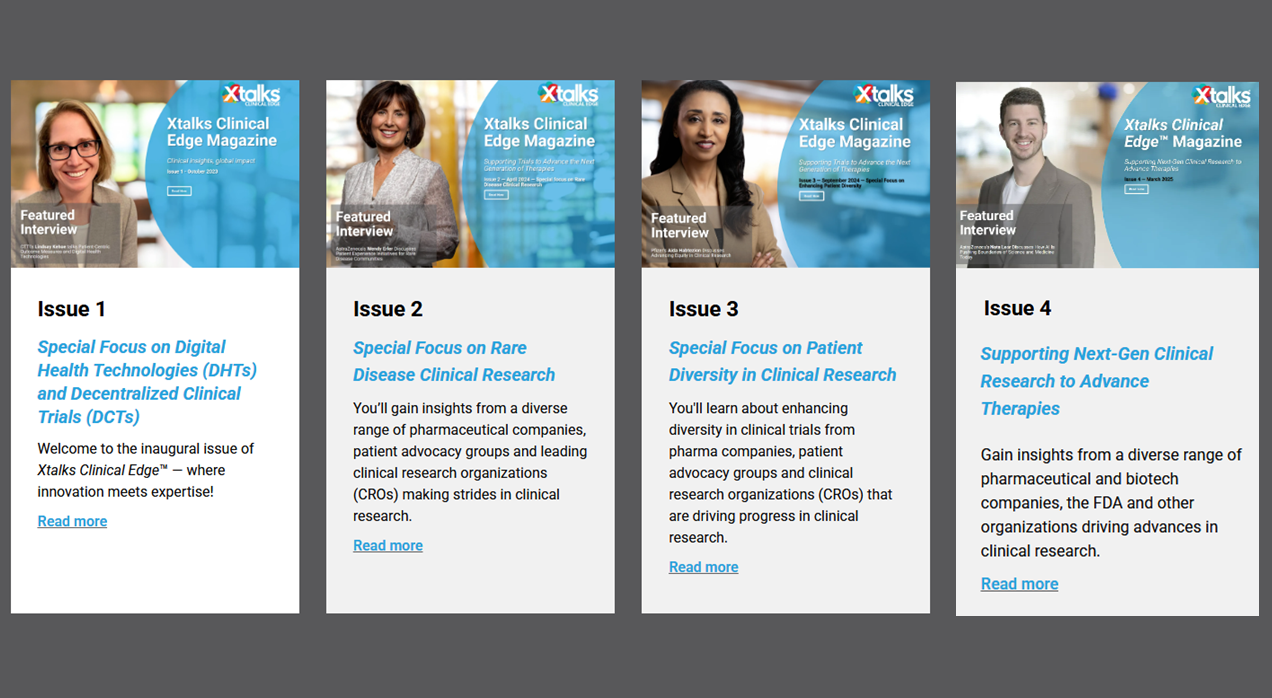As the staff member who makes the majority of webinar event pages for Xtalks, I could wax poetic about the importance of webpages in the webinar-building process. But since my poetry is terrible, and your time valuable, I will keep it short: an effective webpage is the vehicle to a successful webinar.
When it comes to making your webinar as successful as possible, it’s time to be introduced or to revisit some of the most crucial elements of a webinar landing page to maximize your impact:
1.Title
The title of your webinar is the first crucial element in creating interest for your webinar. In all instances, we ask for straightforward titles that spring from the content of your webinar.
When deciding on webinar content, make sure to reach out to the Xtalks team to help you craft your topic. You may also want to visit some of our other blog posts which can help you with this process. These include: “Sales Cycle Quiz: What Type of Content Should I Prepare for My Webinar?“, “Map Your Webinar Content to Stages of the Sales Cycle” and “How Your Sales Team Should be Using Webinars to Their Advantage“.
Tips for your title:
- Avoid vague, generic titles, and instead add a keyword or keyphrase that help distinguish your webinar from the rest and maximizes SEO value
- Keep titles short. Long, wordy titles aren’t effective, but titles that are too short aren’t either
- Titles that help users solve a problem and are timely for your industry work best
- Titles that reference a brand usually underperform when compared to other titles
We’ll be sharing an upcoming blog post that dives into title choice in an upcoming post. Make sure to subscribe to the webinar production tips blog to keep updated.
2. Abstract
The webinar abstract is the “About” section of your webinar. It allows you to elaborate upon what the speakers of the webinar will be discussing, which in turn gives you another opportunity to convince webinar event page visitors to join the webinar.
When composing your abstract, start with a summary of the presentation and its benefit to viewers and then go on to elaborate about what else the webinar will be achieving for attendees. Consider breaking up your paragraphs into shorter snippets to make the abstract as readable as possible. Use bullet points to incorporate some additional topic keywords and treat each as a mini headline. Abstract length should be optimized around 300 words.
How do you know when you have enough information in your abstract? A simple rule-of-thumb is to imagine that you are a potential attendee from the target audience. Ask yourself questions from their point-of-view in mind: is the information too overwhelming for you to continue reading, or is there not enough information present to convince a webpage visitor to attend for more information on the topic?
Tips for your abstract:
- Only include relevant content specific to the webinar
- Add keywords and phrases unique to the topic, but avoid jargon that’s too specific and slang
- If your webinar is on the longer end, make use of headers, sub-headers and bullet points, to help your readers find their way through your text
- Avoid salesy or flowery language that might put off potential registrants
- Above all, from the readers point of view, decide whether your webinar abstract conveys that a webinar attendee will learn something useful by attending
3. Hero Image
The hero image is the large banner image on the webpage that acts like a background for the webinar title and date, while also giving a visual overview of the webinar. In almost all cases, it’s the most overlooked step, but since it’s what first grabs the attention of the viewer, it makes a big difference to your webinar page.
Since we want your webinar to stand out and be memorable, we highly recommend that you provide us with your own unique image—you can also send us several image options and we can decide on the best one.
Tips for your hero image:
- Stick to the image proportions of 1600 x 400 pixles—you want your hero image to look as crisp and clear as possible
- Only use images that relate to the webinar topic or to your organization, while keeping the image-to-topic connection easy to understand
- Avoid text in your hero image, clip art and complex diagrams
4. Make use of the Who Should Attend and What You Will Learn section
The “Who Should Attend” section helps potential registrants understand whether they’re the right audience for the webinar. You can add job titles, job functions and even expand on what departments and industries those fall under.
Coupled with that, the “What You Will Learn” section gives an overview of the learning objectives for the webinar. This is where you tell your attendees what they’re getting out of your webinar. It is one of your biggest opportunities to stress to the landing page visitor why they would want to register for your webinar.
5. Speaker profiles
Speakers are a large part of the draw your event holds for webinar attendees. To make the most out of your webinar, you need to represent your speaker as an expert on their topic, and provide relevant information that backs up their expertise.
Tips for a great speaker profile:
- Always include high resolution speaker headshots that are at least 150 x 150 pixels. Speaker profiles are more engaging when the individual’s face is associated with it. Think of it like a personal logo for each speaker
- Provide us with relatively larger images that contain space around the speaker’s face . If we’re editing the images, we really don’t want to edit out the speaker’s hair or chin!
- Include professional designations that relate to what the speaker will be discussing
- In the bio, include content that outlines the speaker’s expertise in the topic of the webinar
- Use an active voice
- Avoid personal tidbits that aren’t related to the webinar
6. Company Profile
While you’ll typically have a company boiler plate already written, you may want to include some additional or different information that may highlight your company’s expertise in the subject area of your webinar. We recommend keeping company profiles relatively short, since directly below this text is the registration form.
Final Thoughts
Maximizing your webinar page may not seem like the most integral part of your webinar strategy, but it truly is a critical element to fully implementing a successful webinar. It’s a simple task once you take the time to follow these guidelines. And as we know, it’s key in garnering an engaged audience for your webinar.
Keep up-to-date by subscribing to our webinar production tips blog












Join or login to leave a comment
JOIN LOGIN